Some Knowledge You Should Know about the Spring Equinox

In the long – standing and profound Chinese culture, the 24 solar terms are like an ancient, wordless book, accurately recording the passage of time and the changes of nature. March 20th, 2025, happens to be the Spring Equinox. Let’s explore some interesting facts about this solar term together and appreciate the scientific mysteries and cultural charm it contains.
I. The Origin of the Spring Equinox
The Spring Equinox is one of the 24 solar terms, the fourth solar term in spring. When the sun’s longitude reaches 0°, it usually falls between March 19th and 22nd in the Gregorian calendar. The Chinese character “分 (fēn)” in “春分 (Chūn Fēn)” means “half” or “division”. It represents the equal division of day and night, as well as the balance between cold and heat. This means that in most parts of the world, the length of day and night is almost the same, about 12 hours each. Additionally, the Spring Equinox also divides spring into two equal parts. Traditionally, spring is from the Beginning of Spring to the Beginning of Summer, and the Spring Equinox falls right in the middle of these three months of spring, marking that spring has passed halfway. Therefore, in ancient times, the Spring Equinox was also known as “日中 (meaning mid – day)”, “日夜分 (meaning the division of day and night)”, and “仲春之月 (meaning the second month of spring)”.
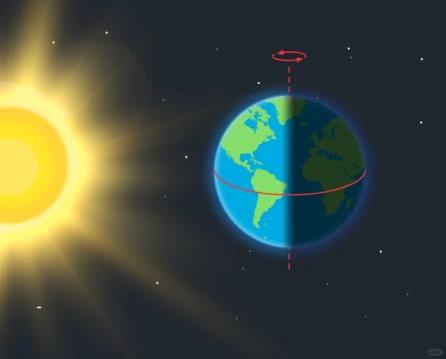
On the day of the Spring Equinox, the sun shines directly on the Earth’s equator, resulting in equal day and night. This phenomenon of equal day and night is the result of the sun’s direct point moving between the Tropic of Cancer and the Tropic of Capricorn during the Earth’s revolution. It is also an intuitive manifestation of the balance of yin and yang in nature. The ancients believed that the balance of yin and yang at this time was a crucial moment for regulating the body and mind and conforming to the rhythm of nature. Friends who have had a rough time in the previous period can adjust their physical and mental states during this solar term and continue to cheer for a wonderful life ahead!
II. The Characteristics of the Spring Equinox
In China, during the Spring Equinox, the temperature steadily rises. In the north, the land that has been covered in winter snow begins to thaw, velvet flowers start to bloom, and swallows return. In the south, rape flowers are in full bloom, and butterflies flutter around. However, there is also a phenomenon known as “late spring cold snap (倒春寒)” that can easily occur. During this time, thunderstorms increase across China. The Jiangnan region enters the “Peach Blossom Flood Season”. For an agricultural – based society like China, isn’t rain a great thing? Spring plowing and tree – planting all take place around this time.
III. The Three Phenological Phases of the Spring Equinox
There is a saying in China about the three phenological phases of the Spring Equinox. But what are these three phases? The first phase is when swallows arrive, the second is when thunder rumbles, and the third is when lightning flashes.
The first phase means that after the Spring Equinox, the weather in the north gets warmer day by day, and swallows fly back from the south. The swallow pattern is also one of the common elements on many traditional Chinese dresses, what’s more, the ancients really loved swallows and even called them “messengers of the spring god”.
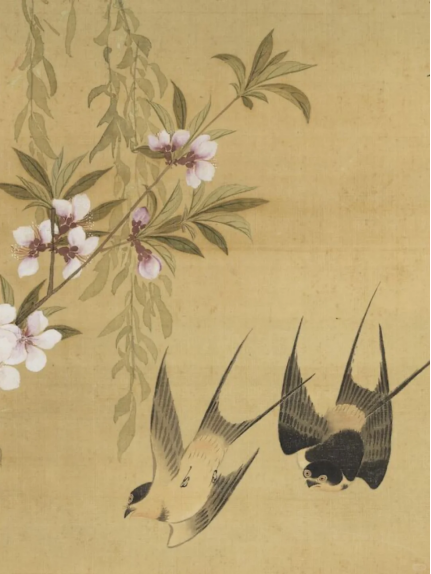
The second phase, “thunder rumbles”, indicates that after the Spring Equinox, the surface temperature rises more rapidly. The cold and warm air masses from the north and south “clash” with each other, eventually resulting in spring thunder.
The third phase is “lightning flashes”. After the Spring Equinox, the temperature rises quite quickly, and when it rains, there are flashes of lightning accompanied by thunder.
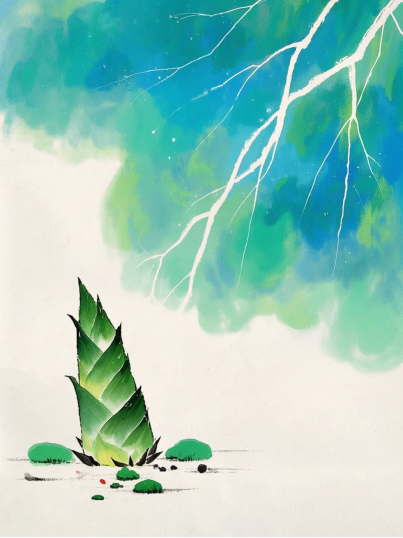
During this period, the weather is changeable. Sometimes it’s sunny and bright, and sometimes it’s drizzling with spring rain. As the saying goes, “Each spring rain brings warmth.” With the arrival of spring rain, the soil moisture increases, providing good conditions for the growth of crops. At the same time, due to the rising temperature, the air humidity increases, the temperature difference between day and night decreases, and the body’s metabolism becomes more active, making people prone to feeling sleepy. This is what we commonly call the “spring fatigue” phenomenon.
IV. Traditional Customs of the Spring Equinox
1. Egg – Standing:The custom of standing an egg on the Spring Equinox is widely known. Folklore has it that on this day, the Earth’s axis and the plane of its revolution orbit are in a relatively balanced state, making it easier to stand an egg upright. On the Spring Equinox, people will pick fresh eggs and try to stand them on the table. From a scientific perspective, whether an egg can stand mainly depends on the center of gravity of the egg itself and the flatness of the table surface, having no direct connection with the Spring Equinox. However, this custom expresses people’s longing for a better life, symbolizing that in the new season, everything can develop in a balanced and smooth way.
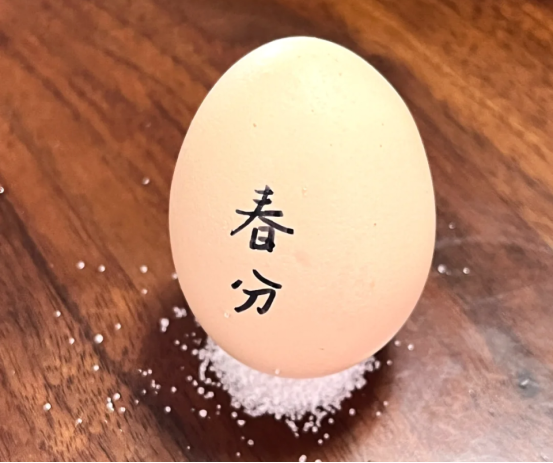
2. Sun Worship Day:In ancient times, the Spring Equinox was also an important day for sun worship. The sun is crucial for human survival and agricultural production, so the ancients had a deep sense of awe and gratitude towards it. The emperor would lead all the civil and military officials to hold a grand sun – worship ceremony, praying that the sun would bestow sufficient sunlight and rain, and bless the country with bountiful harvests and peace. This tradition reflects the ancients’ respect for the power of nature and their wisdom in conforming to the rhythm of the seasons.
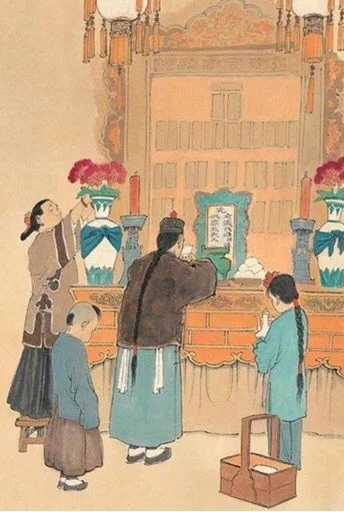
3. Eating Spring Greens:”Spring greens” refer to a kind of wild amaranth. During the Spring Equinox, there is a custom of eating spring greens. In the Lingnan region, there is a custom of drinking spring vegetable soup on the Beginning of Spring. This tradition dates back to the Song Dynasty. People cook wild vegetables like mustard greens and wolfberry leaves into a soup. Folklore has it that “spring soup flushes the intestines and cleans the liver and intestines”, which is believed to remove the body’s toxins or deposits accumulated during winter and rejuvenate the body.
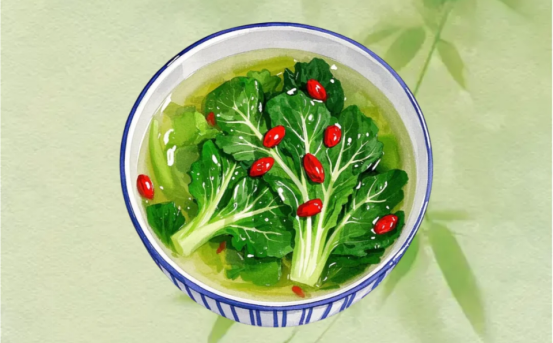
V. Pairing the Spring Equinox with Hanfu
During this poetic and vibrant Spring Equinox season, going out in Hanfu is undoubtedly an excellent way to experience the charm of traditional culture. As the traditional clothing of the Han ethnic group in China, Hanfu comes in a wide variety of styles and rich colors, which perfectly complements the atmosphere of the Spring Equinox.
For women, a set of elegant qixiong ruqun (a type of Hanfu with a top that ties above the chest and a long skirt) is a great choice. The lightweight fabrics, such as cotton, linen, or silk, are comfortable and breathable, suitable for the changeable spring weather. Soft colors like light pink, light blue, and light yellow are just like the blooming flowers in spring, fresh and beautiful. Paired with delicate hairpins and flowing ribbons, as you walk, your clothes flutter gracefully, fully displaying a gentle and charming temperament.
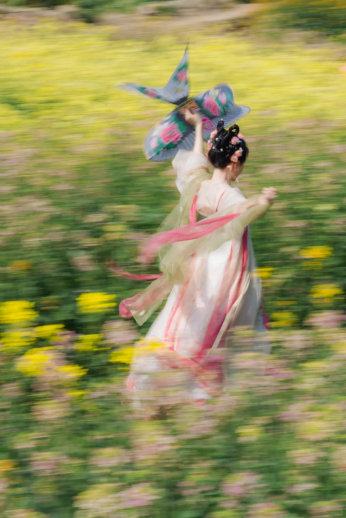
Men can choose to wear a zhidu (直裰) or a daopao hanfu. The simplicity and generosity of the zhidu, and the unrestrained elegance of the daopao, can both showcase a man’s refined demeanor. Cotton or linen materials can be selected, which are both sweat – absorbing and breathable. On a sunny Spring Equinox day, wearing such a set of Hanfu and strolling in the fields outside the city, you will feel as if you have traveled back to ancient times and merged with nature.

The Spring Equinox, this special solar term, connects multiple fields such as astronomy, climate, agriculture, folk customs, and hanfu clothing culture. It carries the wisdom and emotions of the Chinese nation over thousands of years. In this wonderful season, let’s embrace nature together, feel the profound heritage of traditional culture, and look forward to a new season where life is as colorful as the spring flowers, full of endless hope and possibilities.
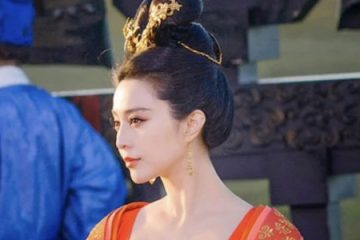
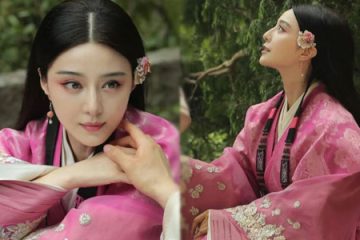
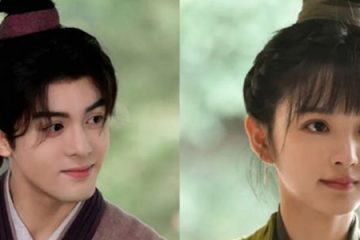
0 Comments